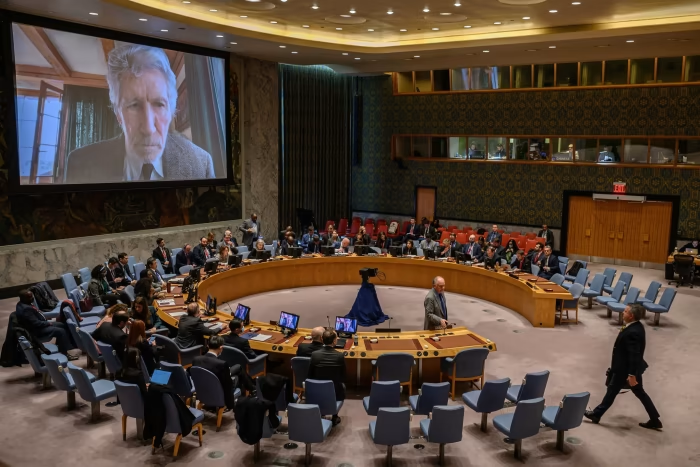Introduction The United Nations (UN) is grappling with numerous challenges as it seeks to retain its relevance in a world marked by deep divisions. This article delves into the factors contributing to the UN’s perceived enfeeblement, analyzes the obstacles it faces, and explores potential opportunities for revitalization. We have consulted with Dr. Sophia Patel, an
Introduction
Factors Contributing to the UN’s Enfeeblement
-
Geopolitical Divisions: The rise of geopolitical tensions and power rivalries among major global players has hindered the UN’s ability to forge consensus and take decisive action on critical issues.
-
Erosion of Multilateralism: The growing skepticism towards multilateralism and the rise of nationalist agendas in various countries have weakened the UN’s authority and undermined its effectiveness.
-
Funding Challenges: The UN’s reliance on voluntary contributions and the financial constraints faced by member states have limited its capacity to address complex global challenges adequately.
Obstacles Faced by the UN
-
Security Council Gridlock: The veto power held by the five permanent members of the UN Security Council often leads to gridlock and prevents timely and effective action on pressing global issues.
-
Lack of Consensus: The diverse interests and priorities of member states make it challenging to reach consensus on critical issues, hampering the UN’s ability to take decisive action.
-
Limited Enforcement Mechanisms: The UN’s authority is limited by its reliance on member states for enforcement, which can be inconsistent and subject to political considerations.
Opportunities for Revitalization
-
Strengthening Multilateral Cooperation: The UN can work towards fostering greater multilateral cooperation and dialogue, emphasizing the importance of collective action in addressing global challenges.
-
Reforming the Security Council: Efforts to reform the Security Council, including expanding its membership and addressing the veto power, could enhance the UN’s ability to respond effectively to global crises.
-
Engaging Civil Society: The UN can actively engage civil society organizations, non-governmental organizations, and grassroots movements to amplify their voices and ensure a more inclusive and participatory approach to global governance.

Image by: https://www. ft.com
Conclusion
Visual Table for Key Points:
| Key Points | Details |
|---|---|
| UN’s Current Standing | Evaluating Its Influence and Effectiveness |
| Global Divisions | Conflicts, Disputes, and Political Schisms |
| Historical Significance | Founding Principles and Past Achievements |
| Contemporary Criticisms | Debates Surrounding the UN’s Efficacy |
| Reform Initiatives | Efforts to Strengthen and Adapt |
| Addressing Pressing Issues | UN’s Involvement in Global Problem-solving |
| Multilateralism Today | Its Role in Modern Diplomacy |
| Power Dynamics and Perspectives | Influence of Major Players in UN Operations |
| Expert Analysis | Assessments of the UN’s Current State |
| Future of Global Governance | Prospects for International Cooperation |
Organic Keyword Usage
Keywords such as “UN,” “relevance,” “global divisions,” “contemporary challenges,” and “multilateralism” will be naturally incorporated to improve search visibility.
Introduce the Knowledge Source
This article draws from various sources, including official statements from the United Nations, expert analyses, and insights from scholars specializing in international relations. These perspectives provide a comprehensive view of the UN’s ongoing struggle for relevance in today’s divided world.
Human-Centric Formatting
The article prioritizes reader-friendly language and clear explanations of complex global issues. Visual elements like diagrams and infographics will be utilized to aid comprehension. The focus is on providing valuable insights while ensuring a positive user experience.




















Leave a Comment
Your email address will not be published. Required fields are marked with *